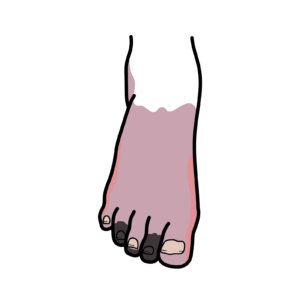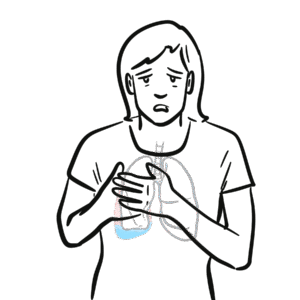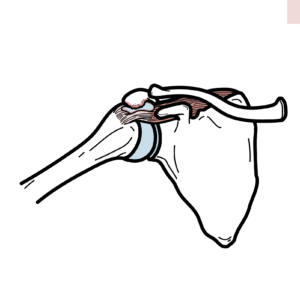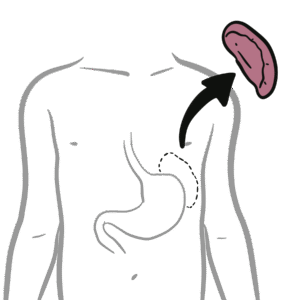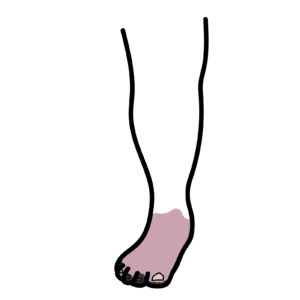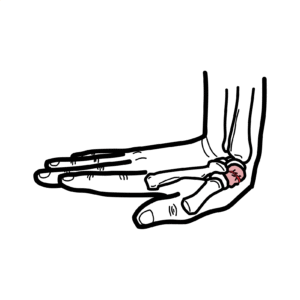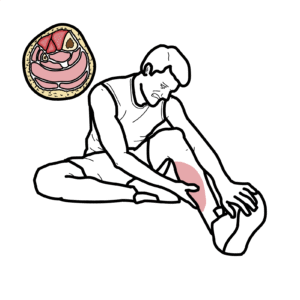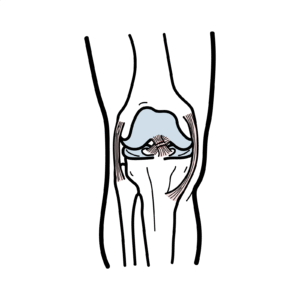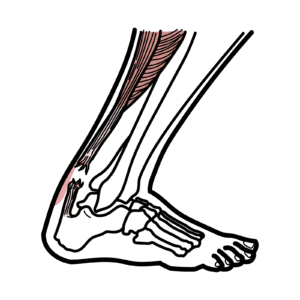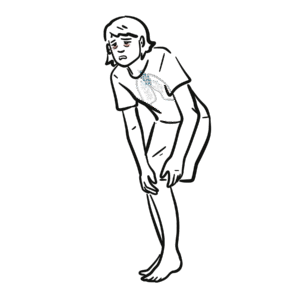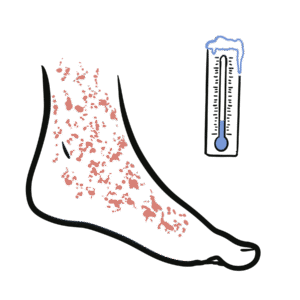Gastric Acid Physiology (Secretion, Ulcers, Acid Reflux and Treatment)
Understand how hydrochloric acid is produced and regulated in the stomach and why excess acid causes peptic ulcers and heartburn—key for preventing and treating GERD and ulcer disease. In this clear, engaging video you’ll learn where HCl comes from (parietal cells), the roles of ECL cells, G cells, D cells, mucus and prostaglandins, and how neural and hormonal signals—acetylcholine, gastrin, and histamine—drive acid secretion. The presentation explains the proton pump mechanism, H+/K+ exchange, and how protective factors (mucus, bicarbonate, prostaglandin E2/I2) counterbalance acid to guard the gastric mucosa.
Discover the main causes and pathophysiology of peptic ulcers—Helicobacter pylori infection, NSAID-induced prostaglandin loss, stress, and smoking—and why impaired mucosal defense leads to erosion, bleeding, or perforation. Learn why gastric reflux (heartburn/GERD) occurs when the lower esophageal sphincter fails, allowing acidic content to injure the esophagus. Practical treatment strategies are covered, from fast-acting antacids (Mg/Al salts) that neutralize acid to longer-lasting therapies: H2 receptor blockers and proton pump inhibitors (PPIs) that suppress secretion, plus the limitations of anticholinergics like atropine.
Packed with clinical relevance and actionable insights, this video equips students, clinicians, and anyone with reflux or ulcer concerns to understand mechanisms, identify triggers, and evaluate treatment options. Watch to gain a concise, medically grounded overview of gastric acid physiology, disease mechanisms, and pharmacologic interventions—and take control of your digestive health.




